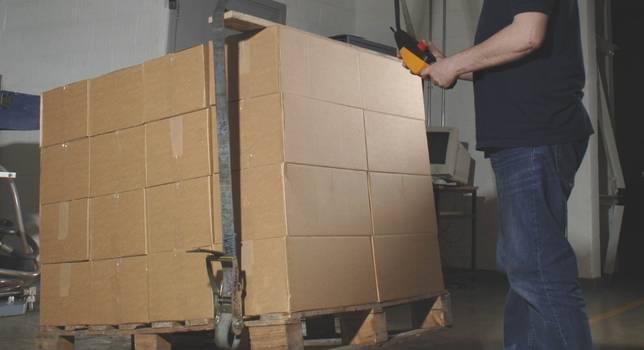Learn about Smithers customer packaging challenges, Smithers standard protocols, testing capabilities, and more in this Q&A from Tim Rice, Manager of Commercial Operations for the
distribution testing laboratory in Lansing, Michigan.
What challenges are companies facing?
Customers come to us when they are faced with challenges such as, packaging qualification, sustainability issues, field issues, load stability, and more.
Some of the biggest challenges we’re seeing are:
- Packaging Qualification - Packaging qualification is essential to determine how a new package design will function throughout every stage of the life cycle and succeed in a customer’s supply chain. New package designs must successfully survive extreme temperatures, load stability, vibration and shock, drop, compression, and more. Package design, testing, and qualification can reduce a customer’s packaging cost, protect their products from the hazards of shipping, ensure the safe delivery of their products, and eliminate product return and revenue loss.
- Sustainability Initiatives – With a growing demand for more sustainable packaging, many companies are looking to understand the environmental impact of their packaging. Companies come to us when they are looking to switch to more environmentally friendly, sustainable packaging, we will perform assessments to understand how reduced packaging volumes or new sustainable materials will hold up in the supply chain.
- Field Issues – When a company creates a new packaging design and doesn’t test it before launch, they are risking damage in transit. Poor package design can cause excessive damage to the package system and/or the product.
- Load Stability – Companies want to know how to make their shipment more stable and this can be a hard thing to assess. Poor pallet stability can cause severe damage or the loss of their load during transit. Load stability test methods are important to be able to identify suitable packaging solutions to address stability issues and minimize loss.
What types of tests does Smithers perform?
We leverage industry-developed general simulation test methods, such as
ASTM D4169 or
ISTA procedures, to assess and predict how our client’s packaged-product system will perform. This allows us to identify any weaknesses within the system. Transit hazards such as vibration, environmental conditioning, shock (vertical or horizontal), and compression are at the foundation of a typical package distribution test.
Certain companies require testing of their vendors to protect against waste and damage in transit while ensuring that the packaging systems are tailored to their respective supply chains. These guidelines also provide a framework to support the development of their packaging systems to ensure performance criteria are met.
In addition to industry and company-specific requirements, our team can also tailor testing programs to meet a specific need, damage issue, or objective.
How does Smithers approach client challenges?
Regardless of the request, we always attempt to understand the objective of a project. Even if the project seems simple on the surface (e.g. I just need to do a quick ISTA 3A test), by asking a few questions upfront, we may be able to suggest a slightly different direction to get the data that’s needed. We want to ensure the process generates enough data, but also doesn’t waste any time, effort, or expense on data that won’t matter to the question at hand. We do our best to put ourselves in our customers’ shoes.
We also offer laboratory visits where we will sit down with you and discuss your project goals and how we are going to meet them. We will provide you with a tour so you can see firsthand our testing capabilities as well as how your test will be performed. We encourage clients to visit during testing so they can see the results in real-time. Obviously, during the pandemic, we’ve had to be flexible with this to ensure the safety of our employees and our clients. However, virtual meetings via Facetime, Teams, or Zoom are also an option.
At the end of your testing program, as needed or required, we’ll leverage our expertise to provide suggestions for improvements or directional steers based on the performance of your packaging system.
Can you give an example of how you’ve adjusted a program to meet the decision criteria?
Many times, a client will come to us asking for a standard test, however, after having an initial discussion, we will discover they are having field issues that are related to a packaging failure. Based on this feedback, we will suggest performing a root cause analysis where we can pinpoint the transit hazard that is causing their packaging failure. After performing a
root cause analysis, we provide the data to the client, and they will make packaging design improvements or changes, and come back to us to test the same hazard we identified to see if their new packaging design worked.
In situations like this, simply testing to a standard may provide a “pass” for the packaging system but a failure in the field due to a specific supply chain issue. Our approach is intended to provide the customer with an efficient process that gets to the heart of the issue.
How can we help?
Our team has years of experience in serving customers in a variety of industries including;
food and beverage, personal care and household, medical device, pharmaceutical, consumer products,
automotive, and aerospace. Collectively, we have years of experience working through a wide variety of packaging challenges. You name it. Someone on our team has likely dealt with something similar in the past.
To learn more about Smithers package and distribution testing, get in touch with Tim Rice, at
trice@smithers.com.


